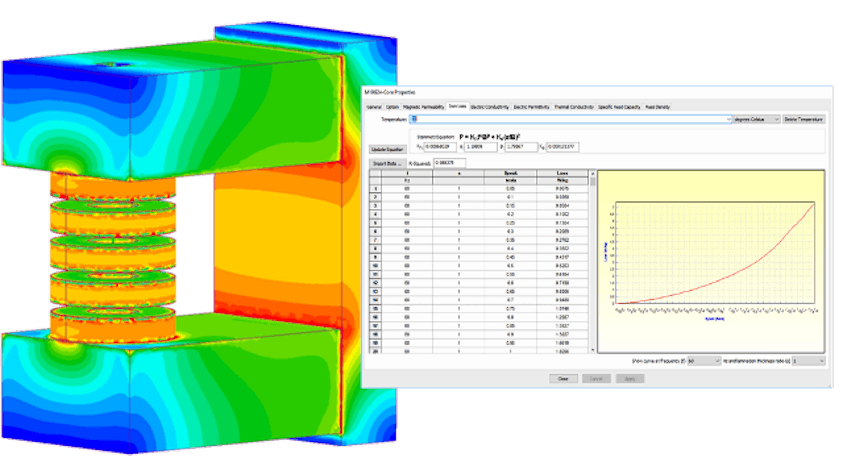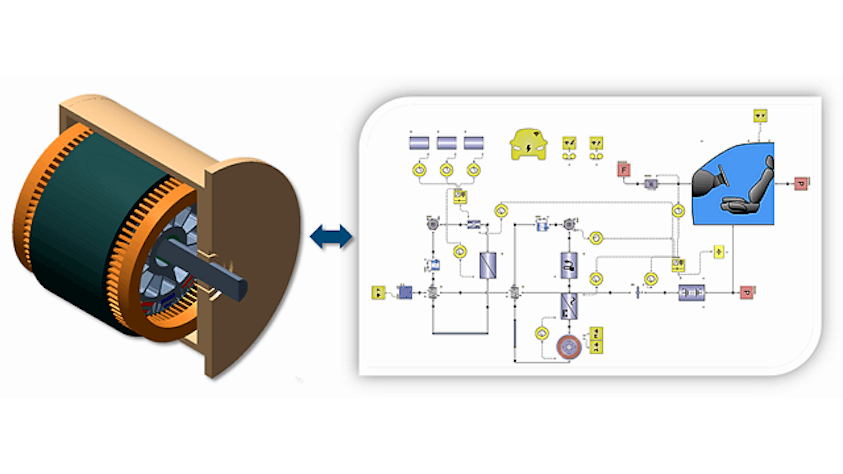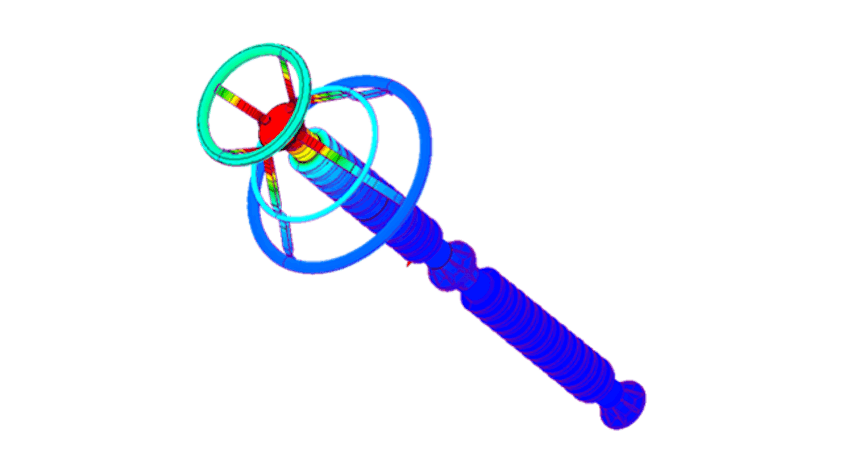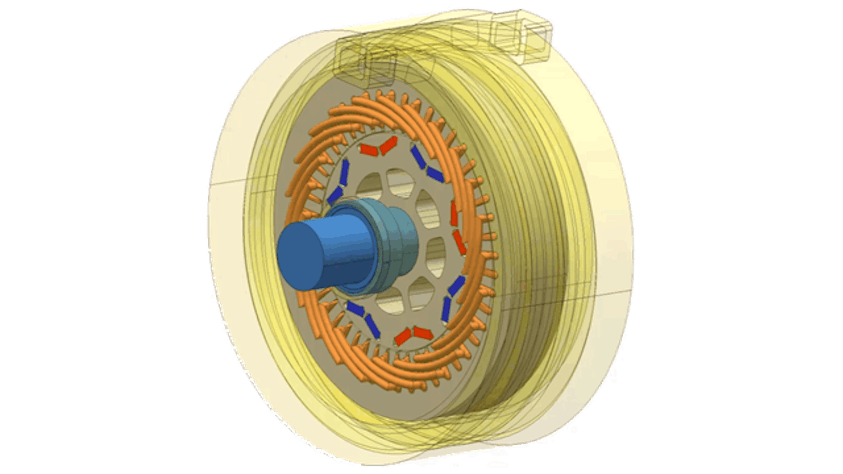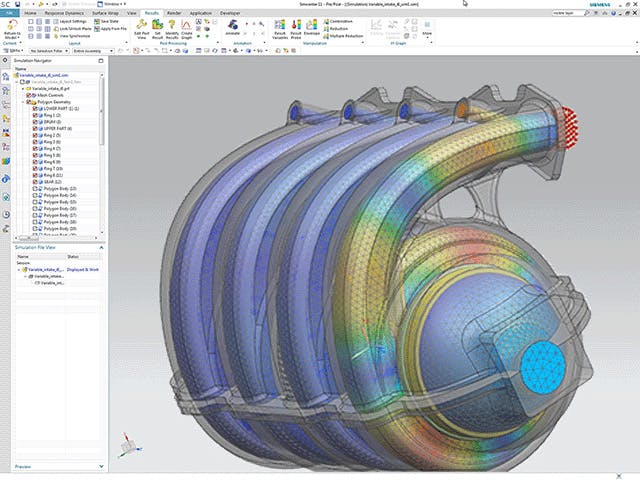신속한 실행 및 가능성 탐색
Simcenter SPEED를 사용하면 신속하게 설계, 테스트, 검토 및 재설계할 수 있습니다. 가장 일반적인 모터 및 발전기 유형에 대한 완전 매개변수화된 템플릿 6개를 사용하여 엔지니어는 단 몇 분 만에 초기 설계를 생성할 수 있습니다. HEED와 완전하게 호환되므로 DoE(실험 설계) 연구에서 선택한 매개변수를 조사하거나 최적화할 수 있습니다. Simcenter STAR-CCM+와의 강력한 연결성을 통해 고급 엔지니어링 애플리케이션으로 추가 해석을 수행할 수 있습니다.
복잡성 모델링
전자 기계 CAD 파일을 Simcenter Motorsolve로 직접 가져와 코일 권선과 같은 설계 기능을 최적화하고 광범위한 전자기 재료 라이브러리의 이점을 얻을 수 있습니다. 엔지니어는 높은 수준의 FEA(유한 요소 해석) 시뮬레이션과 Simcenter MAGNET과의 연결성을 통해 정적, 시간 고조파, 천이 및 열 솔버를 사용하여 설계의 세부 사항을 미세 조정할 수 있습니다.
통합 유지
Simcenter 3D 저주파 전자기를 사용하면 기본 NX CAD 소프트웨어를 통해 Simcenter 3D 그래픽 인터페이스에서 Simcenter MAGNET 모델을 생성하고 편집할 수 있습니다. 정교한 자성 재료를 사용 및 정의하고, 통합 1D 회로 모델링 도구를 사용하여 하중을 포함한 특성, 경계 조건 및 하중을 정의합니다.
설계 프로세스에 포함되어 있는 전자기 시뮬레이션은 성능이 매우 뛰어납니다.
전자기(EMAG) 엔지니어 및 전기 엔지니어는 Simcenter SPEED, Simcenter Motorsolve, Simcenter MAGNET와 같은 간소화된 EMAG CAE(Computer Aided Engineering) 패키지를 사용합니다.
